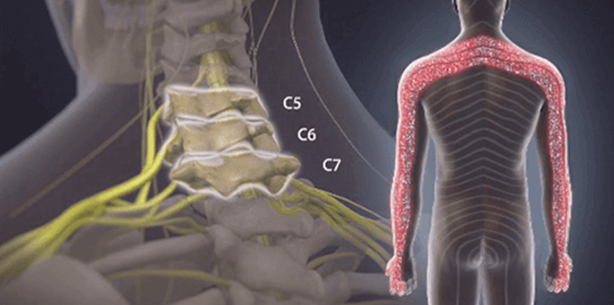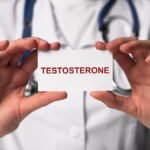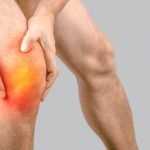Hundreds of thousands of Americans experience the debilitating symptoms of spinal stenosis each year. This condition primarily affects the neck, causing pain, limited mobility, and various other discomforts. To find relief from these symptoms, it’s crucial to equip yourself with the right information about spinal stenosis and its management.
What is Cervical Spinal Stenosis?
Spinal stenosis refers to the narrowing of the spinal canal, which can lead to nerve compression and subsequent symptoms. There are two main types of spinal stenosis based on their location: cervical stenosis, which affects the upper spine, and lumbar stenosis, which affects the lower spine.
Causes of Cervical Stenosis
While some individuals may be at a higher risk of developing cervical stenosis due to a naturally small spinal canal, most cases of stenosis are the result of musculoskeletal changes or injuries. Causes can include thickened ligaments, bone overgrowths like spurs, herniated or bulging discs, tumors or masses, spinal fractures, or trauma.
Symptoms of Cervical Stenosis
Cervical stenosis symptoms can range from mild to severe and tend to worsen over time. The most common symptoms include numbness, tingling, pins and needles sensation, burning or weakness in the hands and arms, difficulty walking, and balance issues.
Treatment Options for Cervical Stenosis
Regardless of whether you experience symptoms or not, it’s crucial to seek treatment for cervical stenosis. At Noracare Wellness our Board-Certified Physicians specialize in accurately diagnosing and treating various spine conditions, including cervical stenosis.
Diagnostic Process
To pinpoint the cause of your cervical stenosis, our experienced team may perform imaging tests such as MRIs, CT scans, and X-rays. Additionally, a comprehensive physical exam and a detailed discussion of your medical history and symptoms will be conducted. Once an accurate diagnosis is made, we will design a personalized treatment plan tailored to your specific needs, goals, and lifestyle.
Treatment Options
The treatment plan for cervical stenosis may include a combination of approaches, such as anti-inflammatory medication, physical therapy, chiropractic care, acupuncture, steroid or epidural injections, nerve blocks, or radiofrequency ablation (RFA) therapy. At Noracare Wellness, each patient’s condition is unique and will be fully assessed by one of our Board-Certified Physicians before a customized treatment plan is recommended.
Conclusion
If you’re experiencing symptoms of cervical spinal stenosis, seeking proper diagnosis and treatment is essential for your well-being. At Noracare Wellness, our team of experts is dedicated to providing personalized care to address your specific needs. Contact us today to embark on your path to healing and regain a pain-free life.
cervical spine spinal stenosis cervical spine spinal stenosis




















